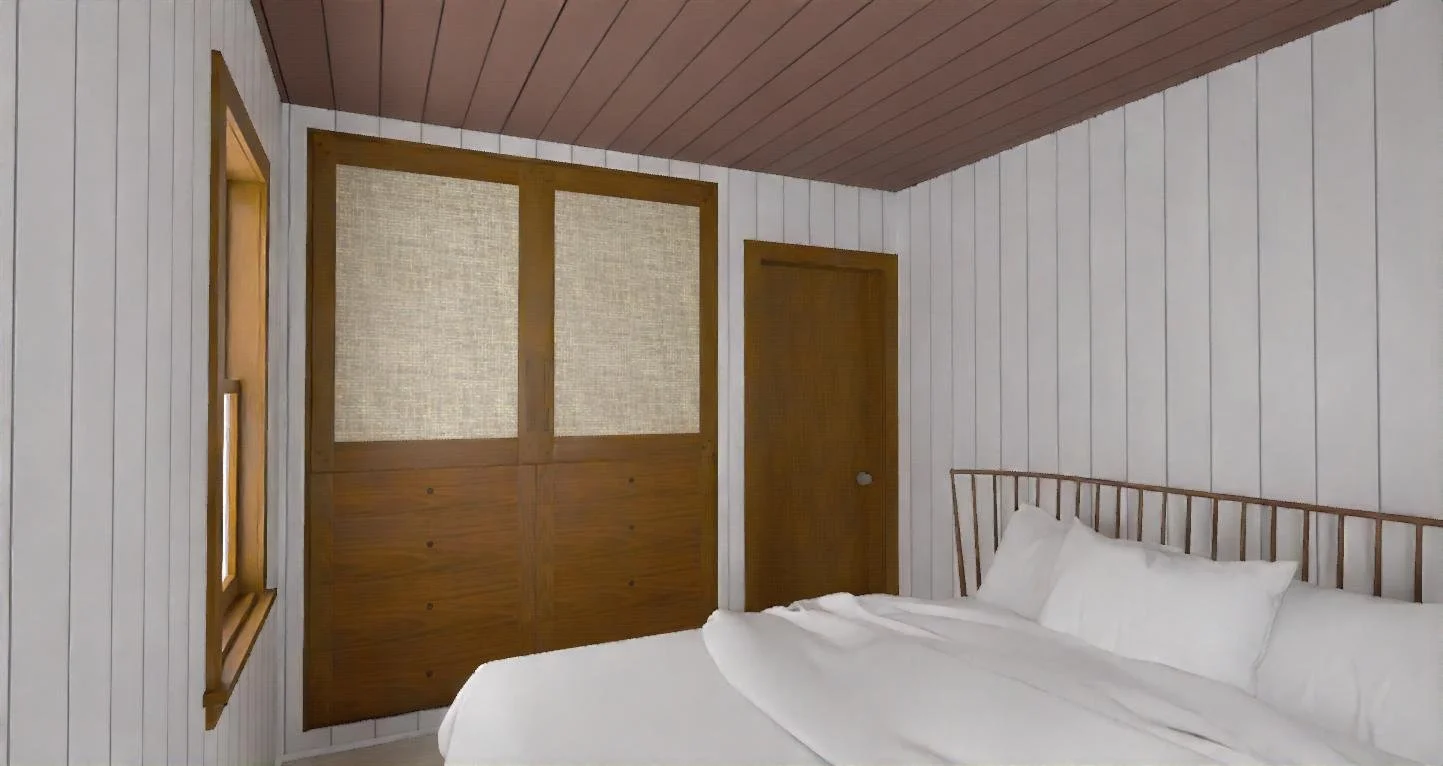
Brooks Project Portal
This portal is your centralized hub to access all project-related files, financial documents, updates, and important information—all in one secure place. All email correspondence can be viewed in the “conversation” link below, making it easier for you to stay informed and access everything you need anytime, anywhere. Using your project email below to reach us ensures that all communications reach all the important parties and are stored in your conversation space.
PROJECT EMAIL:
YOUR TEAM
IMPORTANT LINKS
PROJECT TIMELINE
-
The title of this phase, Predesign (PD), is a little misleading as this is the one phase where very little design is required. Another title for this phase could easily be “Feasibility”.
Predesign is a phase full of problem-seeking. We might have a decent understanding of what type(s) of space(s) you’re interested in but we use PD to understand the context in which we’ll be working. Are there environmental factors we need to be attentive to? (Answer: yes!) Are we working on a historic property? Are there natural features (views, water, etc.) that we’ll want to capitalize on? Preliminary design is where we begin answering those questions as well as those we’re required to answer.
Some of those might include:
• Setbacks
• Easements
• Fresh & waste water
• Existing utilities
• Existing structures
There are many other topics covered during PD and, even though this phase can be dry and feel uninspiring, it sets the stage for the following phases in which we have much more room for exploration and creativity.
POTENTIAL PARTNERS:
• Surveyor
• Geotechnical Engineer
• Environmental Scientist
-
Schematic Design (SD) is the first of the design phases. The research is behind us and we’re free to begin problem-solving - whether that be designing a bathroom or a new home.
As designers, we consider various options which will serve as pathways we’ll continue to explore further, abandon, or combine. We typically present those options in a meeting or series of meetings to narrow those options and capitalize on the opportunities each offers.
In order to communicate our ideas, we’ll leverage whatever tools best serve that purpose. In SD, we typically present:
• Inspiration imagery
• Diagram(s)
• Floor plan(s)
• Perspective views or renderings
• Study model
The above list is by no means exhaustive. It’s simply a list of the most commonly used media to illustrate how we could approach your project.
-
Design Development (DD) is the second design phase and, as the name implies, focuses on development of the design. By the end of Schematic Design, we’ll have a solid idea of what direction we’re headed, generally.
Design Development is where we enhance the overall design (the “big picture”) by refining individual elements.
Examples of exercises in this phase might be exploring various materials at your entry or studying the impact of different window layouts on the exterior composition and interior experience. We often build upon presentations from earlier phases but tools we typically use during DD to convey our ideas are:
• Inspiration imagery
• Diagrams
• Perspective views or renderings
• Floor plan(s)
• Building elevations
• Building sections
• Material samples
As with Schematic Design, we expect multiple rounds of presentations before we’re all comfortable with this more detailed direction and are ready to move to the next phase.
-
The name of this phase, Construction Documents (CD), suggests that we’re finished with design and use this time to simply document the design for permitting and/or the builder. While that’s partially true, design certainly does not stop at the end of DD.
The truth is that we continue refining the design by way of the technical documentation. It’s simply a shift in the design to focus on a smaller scale.
We use the CD phase to define everything from floor transitions to window trim and ceiling lights. Since we’ve made most of the “big” decisions, the media we leverage to communicate changes a bit but we continue to build upon the previous phases:
• Floor plan(s)
• Building elevations
• Building sections
• Ceiling plans
• Detail drawings
• Model(s)
• Perspective views or renderings
We typically share full drawing sets during the Construction Documents phase to ensure we’re all aligned in terms of the design.
-
Construction Administration (CA) is an easily overlooked or ignored phase in the design process. However, it can be a critical element to maintain the level of design that solidified over the past phases.
Designers never capture every scenario the builder will face over the course of construction. That’s especially true when we’re working with an existing structure. The designer’s role in the CA phase is to make regular visits to your project and ensure the construction is proceeding according to the design and to answer any questions.
This phase is also a challenging one. We’ve been your partner through the whole process and, now that construction is underway, it’s tempting to declare the design and, therefore, the relationship with the designer complete. However, we continue to bring value to your project by:
• Construction oversight
• Advocating for you with the builder
• Troubleshooting unforeseen conditions
• Ensuring execution of the design
• Quality control
While the amount of time we spend during CA isn’t substantial, the value we bring during this phase can be significant. Plus, we want to be there when you pop the Champagne!










